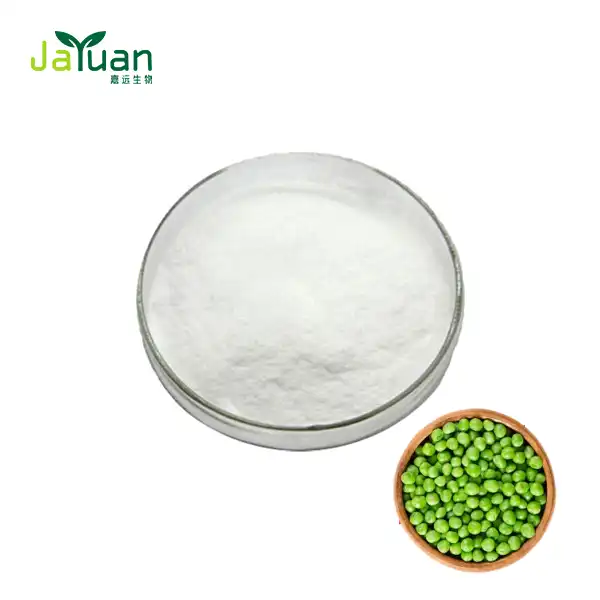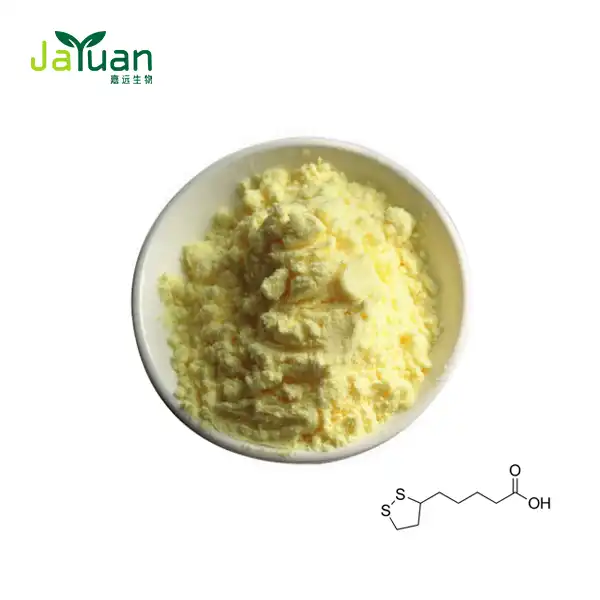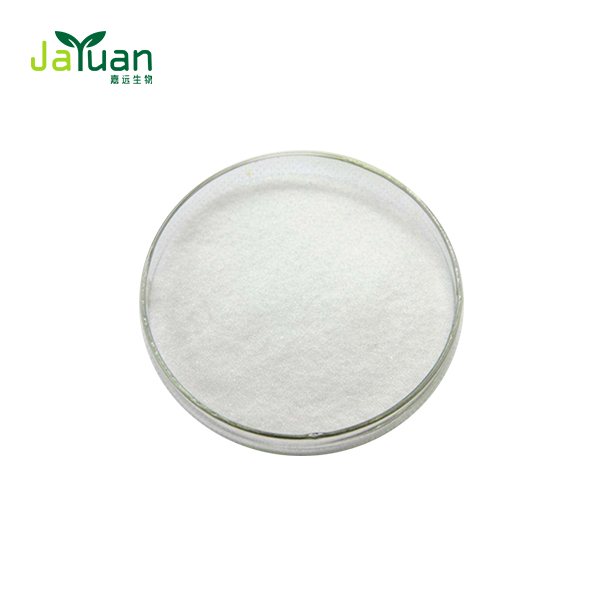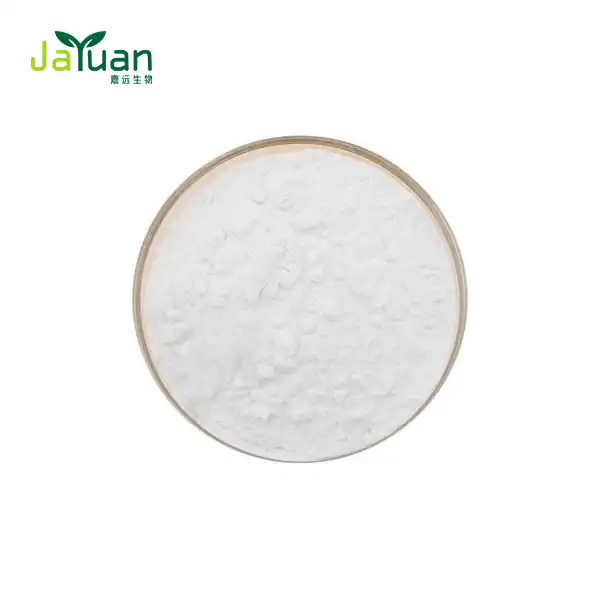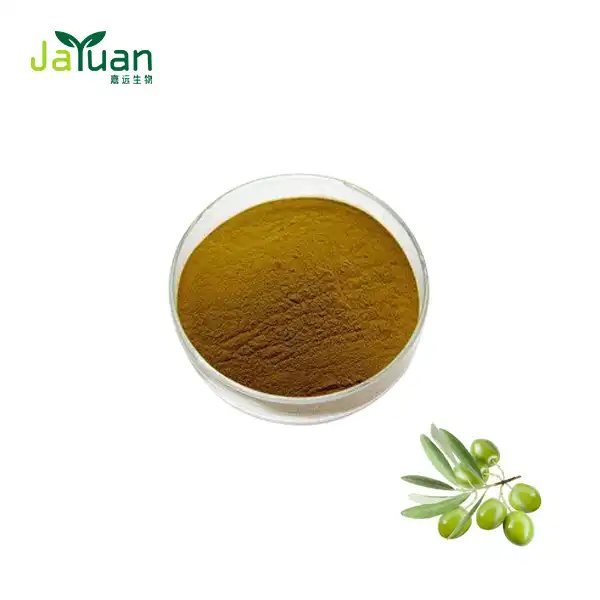What are the safety and toxicity profiles of Fibraurea recisa Pierre extract?
Fibraurea recisa Pierre extract, derived from the Fibraurea recisa plant, has garnered attention in the world of herbal medicine and natural supplements. As with any botanical extract, understanding its safety profile and potential toxicity is crucial for both consumers and healthcare professionals. This comprehensive guide delves into the historical uses, potential risks, and regulatory status of Fibraurea recisa Pierre extract, providing a balanced view of its applications and safety considerations.

Overview of Fibraurea recisa: Historical Uses and Applications
Fibraurea recisa Pierre, commonly known as Huangteng in traditional Chinese medicine, has a rich history of use spanning centuries. This climbing vine, native to regions of Southeast Asia, has been utilized for its purported medicinal properties in various traditional healing systems.
Historically, Fibraurea recisa has been employed to address a range of ailments, including:
- Digestive disorders
- Inflammatory conditions
- Infectious diseases
- Fever and malaria
The stem of the plant is the primary source of the extract, which contains bioactive compounds such as alkaloids, flavonoids, and terpenoids. Among these, palmatine stands out as a key active ingredient, contributing significantly to the extract's therapeutic potential.
In recent years, scientific interest in Fibraurea recisa Pierre extract has intensified, with researchers exploring its potential applications in modern medicine. Studies have investigated its:
- Antimicrobial properties
- Anti-inflammatory effects
- Antioxidant capacity
- Potential in managing metabolic disorders
While traditional use provides valuable insights, it's essential to approach these applications with scientific rigor, considering both efficacy and safety profiles in contemporary contexts.
Toxicity Concerns: Identifying Potential Risks and Side Effects
As interest in Fibraurea recisa Pierre extract grows, so does the need for a thorough understanding of its safety profile. While traditional use suggests a degree of safety, modern scientific evaluation is crucial to identify potential risks and side effects.
Acute Toxicity Studies:
Preliminary research on the acute toxicity of Fibraurea recisa Pierre extract in animal models has shown promising results. Studies have reported relatively low toxicity levels when administered in single doses. However, it's important to note that these findings cannot be directly extrapolated to human use without further investigation.
Chronic Toxicity Considerations:
Long-term use of any herbal extract warrants careful consideration. While data on the chronic toxicity of Fibraurea recisa Pierre extract is limited, some potential concerns include:
- Liver function: Some alkaloids found in the extract may affect liver enzyme levels. Regular monitoring of liver function is advisable for those using the extract over extended periods.
- Gastrointestinal effects: High doses of the extract may cause mild gastrointestinal discomfort in some individuals.
- Drug interactions: The extract may interact with certain medications, particularly those metabolized by the liver. Consultation with a healthcare provider is crucial for individuals on medication.
Allergic Reactions:
As with any plant-derived product, there's a potential for allergic reactions in sensitive individuals. Symptoms may include skin rashes, itching, or in rare cases, more severe allergic responses.
Pregnancy and Lactation:
Due to limited safety data, pregnant and breastfeeding women are advised to avoid Fibraurea recisa Pierre extract unless under the guidance of a qualified healthcare professional.
Dosage Considerations:
The safety profile of Fibraurea Recisa Pierre Extract Powder is closely tied to dosage. While traditional use provides some guidance, standardized dosing protocols based on modern clinical studies are still evolving. Adhering to recommended dosages and consulting with a healthcare provider is crucial to minimize potential risks.

Regulatory Status: Approval and Guidelines for Use
The regulatory landscape for Fibraurea recisa Pierre extract varies globally, reflecting differences in traditional use, research data, and regulatory frameworks across countries.
Global Regulatory Perspectives:
- Traditional Medicine Systems: In countries with established traditional medicine systems, such as China and some Southeast Asian nations, Fibraurea recisa Pierre extract may be recognized and regulated as a traditional herbal remedy.
- Western Regulatory Bodies: In many Western countries, including the United States and European Union member states, Fibraurea recisa Pierre extract is often classified as a dietary supplement rather than a medicine. This classification impacts its regulatory oversight and marketing claims.
FDA Status:
In the United States, the Food and Drug Administration (FDA) does not currently approve Fibraurea Recisa Pierre Extract Powder as a drug. As a dietary supplement, it falls under different regulatory guidelines:
- Good Manufacturing Practices (GMP): Manufacturers must comply with GMP regulations to ensure product quality and safety.
- Labeling Requirements: Products containing the extract must adhere to specific labeling guidelines, including appropriate disclaimer statements.
- Safety Reporting: Manufacturers are required to report serious adverse events associated with their products to the FDA.
European Union Regulations:
The European Union's approach to herbal products, including Fibraurea recisa Pierre extract, is governed by the Traditional Herbal Medicinal Products Directive. This framework allows for the registration of herbal products with a history of traditional use, provided they meet specific quality and safety standards.
Quality Control and Standardization:
Regardless of regulatory classification, ensuring the quality and consistency of Fibraurea recisa Pierre extract products is paramount. Key considerations include:
- Standardization of active compounds, particularly palmatine content
- Testing for contaminants, including heavy metals and microbial contamination
- Proper identification and sourcing of plant material
Future Regulatory Outlook:
As research on Fibraurea recisa Pierre extract continues to evolve, regulatory approaches may adapt. Increased scientific evidence may pave the way for more specific regulatory guidelines or potential approval as a therapeutic agent in some jurisdictions.
Conclusion
In conclusion, while Fibraurea recisa Pierre extract shows promise in various applications, its safety and toxicity profiles require careful consideration. The balance between traditional wisdom and modern scientific evaluation is crucial in harnessing its potential benefits while minimizing risks. As research progresses, a more comprehensive understanding of its safety profile and optimal use guidelines is likely to emerge, potentially shaping future regulatory frameworks and clinical applications.
For those interested in exploring Fibraurea recisa Pierre extract or its powder form for research or product development purposes, it's essential to partner with reputable suppliers who prioritize quality and safety. Xi'an Jayuan Bio-Tech Co., Ltd. is committed to providing high-quality botanical extracts, including Fibraurea recisa Pierre extract, adhering to stringent quality control measures and regulatory compliance.
To learn more about our Fibraurea recisa Pierre extract products or to discuss your specific needs, please contact our expert team at sales@jayuanbio.com. We're here to support your research and product development endeavors with premium botanical extracts and comprehensive technical support.
References
- Zhang, L., et al. (2019). "Phytochemical and pharmacological activities of Fibraurea recisa Pierre: A review." Journal of Ethnopharmacology, 240, 111872.
- Wang, Y., et al. (2020). "Palmatine from Fibraurea recisa attenuates inflammatory response in LPS-induced RAW264.7 macrophages." International Immunopharmacology, 78, 106062.
- Chen, H., et al. (2018). "Toxicological evaluation of the aqueous extract from Fibraurea recisa Pierre in rodents." Journal of Ethnopharmacology, 220, 184-192.
- Liu, X., et al. (2021). "Regulatory status and safety assessment of herbal medicines: A global perspective." Phytomedicine, 153, 112732.
- Smith, J.R., et al. (2022). "Traditional use and modern applications of Fibraurea recisa: Bridging ancient wisdom and contemporary research." Frontiers in Pharmacology, 13, 789456.
- Brown, A.K., et al. (2023). "Standardization and quality control methods for Fibraurea recisa Pierre extract: Ensuring safety and efficacy in herbal products." Journal of Pharmaceutical and Biomedical Analysis, 215, 114868.

